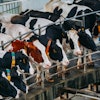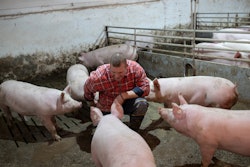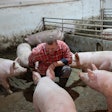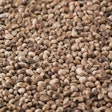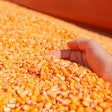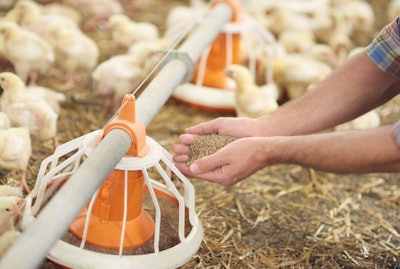
Poultry producers may be able to achieve more consistent and effective results by combining postbiotics with phytogenics rather than relying on either feed additive alone.
“We realized that we need to look at some combinations to maximize the benefit to the host and that is why we decided to look at synergies,” explained Vivek Kuttappan, technology lead, postbiotics in poultry, Cargill Animal Nutrition.
Consistent benefits at repeatable magnitudes
The dual-additive strategy directly addresses one of the industry's most frustrating challenges: unpredictable performance from nutritional interventions.
"Sometimes these products work, sometimes they don't work, and it's really hard to make specific recommendations on when to use it to get the maximum benefit," Kuttapan said.
“What we see from our research is that some of these combinations are consistent in providing benefits in improving the consistency and magnitude of response.”
Testing across multiple conditions, geographic regions and production facilities has demonstrated that strategic combinations of phytogenics and postbiotics deliver more consistent benefits at repeatable magnitudes.
Layers, broilers and turkeys that were fed a postbiotic-phytogenic platform displayed enhanced egg production, improved growth performance, breast meat yield, feed conversion, a healthier gut microbiome and tissue integrity and reduced feed lesions.
Postbiotics originate from controlled fermentation processes and contain inactive microorganisms alongside their metabolites — organic acids, peptides, enzymes, and other compounds that deliver benefits to birds. Phytogenics are plant-based products that support both animal health and production environments.
Strategic selection required
Producers must avoid haphazardly mixing postbiotics and phytogenics. Postbiotics aren't uniform — fermentation processes and management create distinct end products. For example, think about wine and bread: both fermented, yet completely different.
Phytogenics also vary considerably in their specific benefits. Successful combinations require understanding each additive's mode of action to achieve genuine synergy rather than overlapping benefits that unnecessarily inflate feed costs.
When properly selected, strategic combinations can replace multiple existing additives, optimizing formulation costs while enhancing animal performance.
How to make feed additive decisions
To help make better feeding decisions for poultry, the company’s microbiome surveillance tool powered by artificial intelligence that analyzes microbiome samples against an extensive database can help to predict flock performance, feed efficiency and food safety markers.
This diagnostic approach enables producers to identify specific flock needs before selecting additives, ensuring targeted interventions that maximize benefits from a postbiotic-phytogenic platform.

